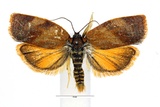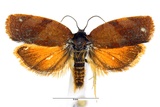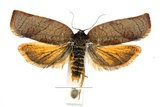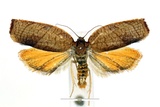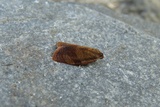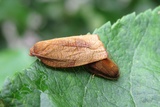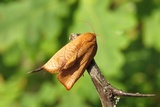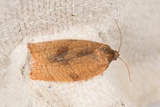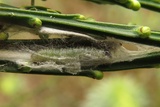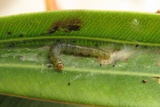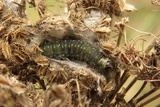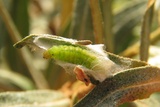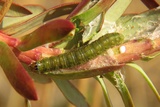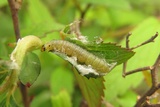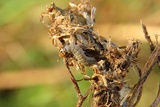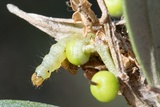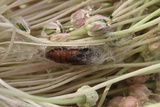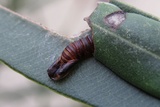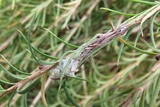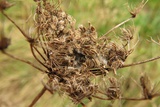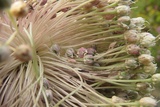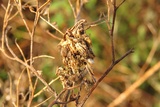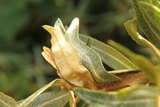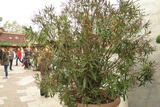Cacoecimorpha pronubana (Hübner, 1799) Species
Last modified: Nov. 7, 2023, 10:55 a.m.
A common species in the northern part of Belgium and rather rare in the southern part of the country.
Details
- Classification
- Family: Tortricidae > Subfamily: Tortricinae > Tribus: Archipini > Genus: Cacoecimorpha > Species: Cacoecimorpha pronubana
- Vernacular names
- Anjerbladroller, Anjermot (NL), Carnation Tortrix (EN), Mittelmeer-Nelkenwickler (DE)
- First mention in Belgium
- Janmoulle E. 1974. Espèces nouvelles pour la faune belge (suite). — Lambillionea 74: 16. On page 16.
- Status
-
Native
Distribution
Flight periods
The species is seen practically all year round, even indoors. Most observations between May and October.
Observed on
- Host plant (genera):
- Acer, Chrysanthemum, Coronilla, Euphorbia, Ilex, Jasminum, Populus, Rhododendron, Rosa, Syringa, Citrus, Malus, Olea, Prunus, Rubus, Brassica, Trifolium and Vicia
- Substrates:
- Polyphagous
It is a highly polyphagous moth, as its larvae feed on plants representing 160 genera including a wide variety of herbaceous plants, shrubs and trees. It can occur as a pest of garden or greenhouse plants. When searching for larvae of other species, one should always take into account that a found caterpillar might be a larva of Cacoecimorpha pronubana.
No pictures yet!
